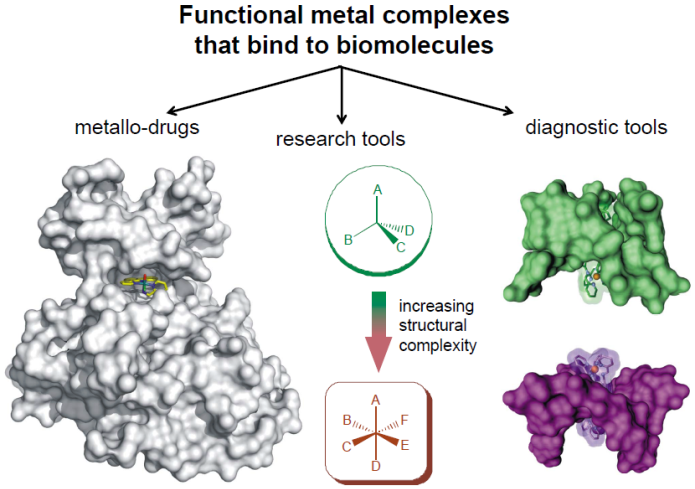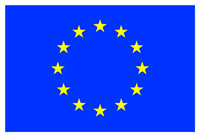About COST
COST (European Cooperation in Science and Technology) is a pan-European intergovernmental framework. Its mission is to enable break-through scientific and technological developments leading to new concepts and products and thereby contribute to strengthening Europe’s research and innovation capacities. It allows researchers, engineers and scholars to jointly develop their own ideas and take new initiatives across all fields of science and technology, while promoting multi- and interdisciplinary approaches. COST aims at fostering a better integration of less research intensive countries to the knowledge hubs of the European Research Area. The COST Association, an International not-for-profit Association under Belgian Law, integrates all management, governing and administrative functions necessary for the operation of the framework. The COST Association has currently 36 Member Countries. www.cost.eu
About the COST Action CM1105
This Action focuses on the development of novel metallo-drugs in a structure-targeted approach. By targeting specific protein clefts, RNA, and less common but functional DNA structures, biomolecular recognition processes involving metal complexes are exploited in the design of innovative metallo-drugs. A particular focus is given to structural details of the molecular interaction between the metal complexes and their biomolecular targets. In addition, the process of targeting and delivery, the interactions of the metallo-drugs on the cellular level, and prodrugs with novel activation strategies that get activated only at their target site are investigated. The metal complexes include bioorganometallic compounds, rigid polynuclear complexes of defined shape, and other coordination compounds. Drugs based on metal complexes offer an extremely diverse structural chemistry and are excellent candidates to explore new three-dimensional space when targeting biomacromolecules. The ultimate aim is the development of new therapies for cancer, infectious, and virus-related diseases, an additional benefit being the design of metal complexes as tools for diagnostics and in fundamental research.

Keywords
- medical inorganic chemistry
- structure-targeted biomolecular recognition
- metalbased drugs
Further Objectives of the Action
- to promote the field of Medicinal Inorganic Chemistry by developing novel metal-based antibiotic, anticancer, or antiviral drugs for diagnostic and therapeutic applications;
- to consolidate the prominence of European research on metal-based drugs;
- to investigate the possibility of drugging specific targets, thereby opening up a way to more efficient probes and diagnostics that help clinicians to diagnose and decide on follow-up therapies;
- to develop new tools for fundamental research, e.g. in molecular biology;
- to generate intellectual property or the potential to license new technology;
- to generate networking opportunities for ESRs;

 COST is supported by the EU Framework Programme Horizon 2020
COST is supported by the EU Framework Programme Horizon 2020